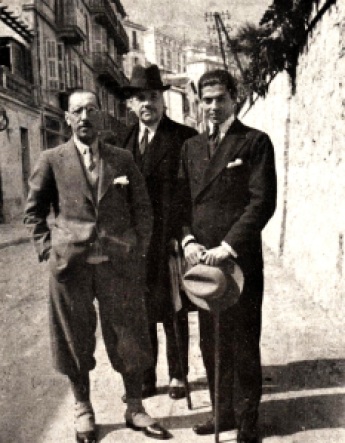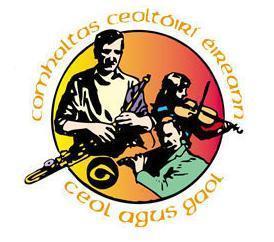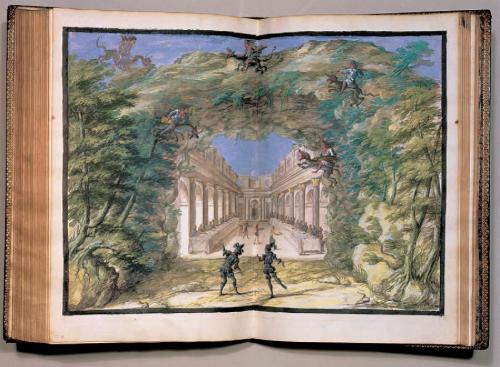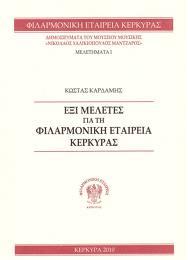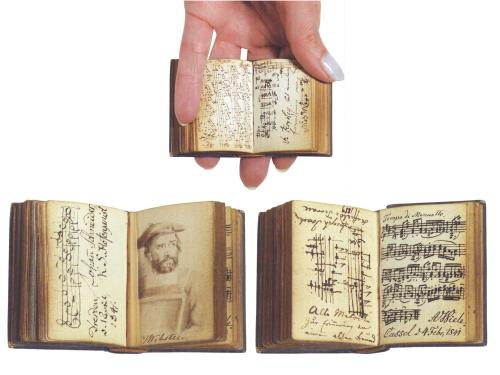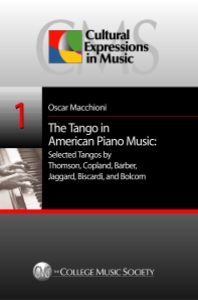Stravinsky the global dancer: A chronology of choreography to the music of Igor Stravinsky is a free online database that aims to list all dances choreographed to Stravinsky’s works, with references to about 100 compositions, about 1250 dances, and about 700 choreographers. Compiled by Stephanie Jordan and Larraine Nicholas, it is searchable by title of composition, year of composition, year of choreography, name of choreographer, dance company, and country.
Jordan’s “The demons in a database: Interrogating Stravinsky the global dancer” (Dance research XXII/1 [summer 2004] pp. 57–83) presents analyses of findings in the database regarding the distribution of new Stravinsky dance productions over the years, incidence of choreographing the narrative vs. the concert scores, distribution by choreographer, and distribution by country, along with case studies of the choreographic histories of Le sacre du printemps, Apollo, and Agon.
Above, the composer in his Ballets Russes days with Serge Diaghilev and Serge Lifar, who originated the role of Apollo. Below, the Houston Ballet performs an excerpt from Balanchine’s choreography for that work.
Related articles:

